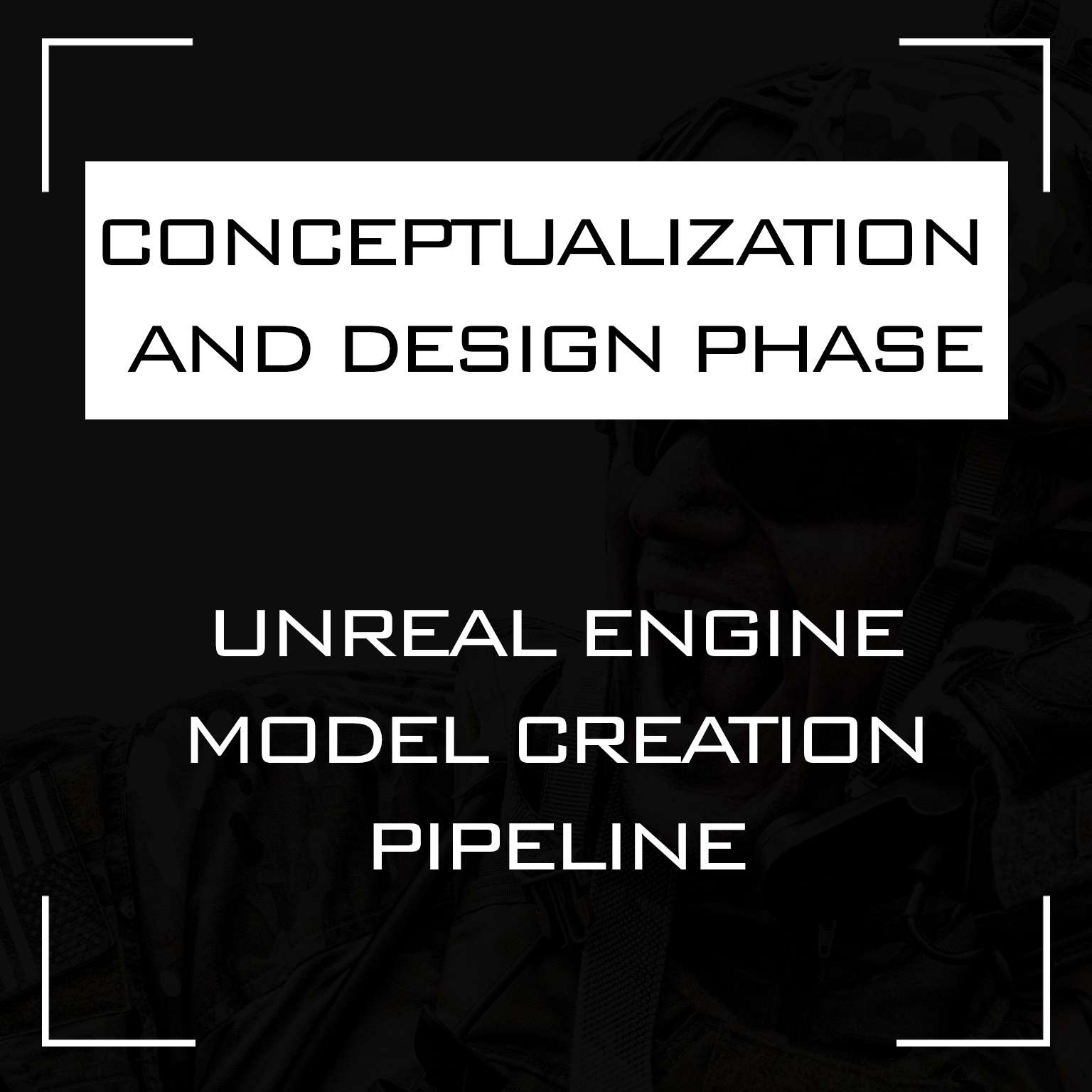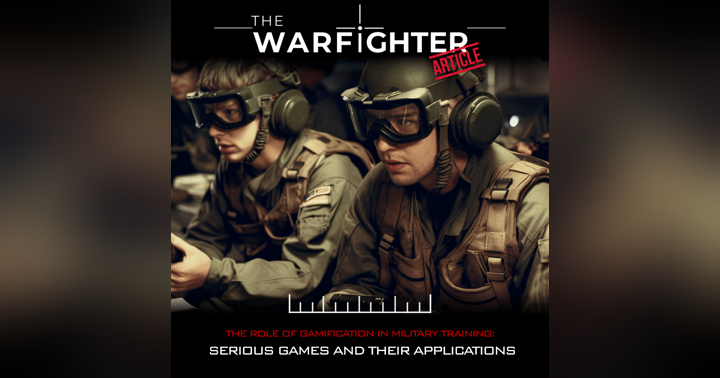Conceptualization and design phase of the Unreal Engine 3D model creation pipeline

BACK TO: 3D MODELLING OVERVIEW
The conceptualization and design phase a critical stage in the 3D modelling pipeline. It's during this phase that you'll begin to think about the overall look and feel of your project, and how you want your 3D models to fit into the larger context. You should ensure you do the following before beginning any physical modelling is undertaken:
- Plan and understand the scope of the project to ensure you set realistic goals.
- Research your idea and gather references. This will help reaffirm your original idea or show you that you may need to adjust the scope or design of your project.
- Determine the art style you will use for your model as well as a desired polygon limit and how many texture sets you intend to use.
Once you have a clear concept in mind, the next process should be to start sketching and prototyping to get a rough idea of the model's appearance and how it fits into the overall project. Then should begin the block out phase, where a basic shape of the model is created using simple geometric shapes, to quickly establish the overall shape and proportions of the model, allowing for adjustments before moving on to more detailed work.
For a more detailed explanation of blockouts check out this video:
As you continue to refine your concept and design, it's important to keep in mind the technical limitations of the Unreal Engine. This will help ensure that your models are feasible to create and won't cause any issues down the line. Understanding polygons (tris) are important for this reason. In relation to game engines, a polygon is a two-dimensional shape that is made up of three or more points (vertices) in 3D space.
These shapes are used to create 3D models and environments in games. They are used because they are relatively simple to work with mathematically, and they allow for a wide range of visual complexity and detail to be achieved with relatively low computational overhead. Additionally, polygons can be rendered quickly and efficiently on modern graphics hardware, making them a good choice for real-time rendering in game engines.
Ryan’s top tips:
-
-
Using Photoshop or a similar program you can take an image or sketch of your planned model and break it down into manageable sections, highlighting each part with different colours to a low opacity. This is useful for tackling complex models such as vehicles or weapons and better prepares you for the block out phase.
-
Gathering reference images is essential at this stage, using a reference board software, such as PureRef, that handily displays all your reference images in an easy to use interface is hugely beneficial. Download | PureRef
-











